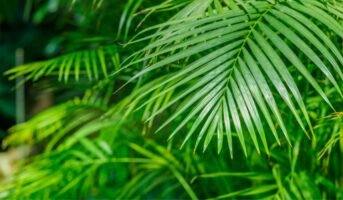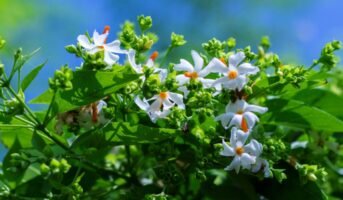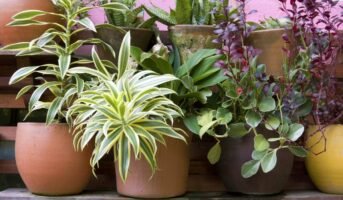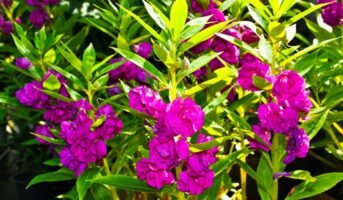It is natural to demand the most from your houseplants. Aside from being easy on the eyes, they must also have medicinal properties. Polyscias Fruticosa or Ming Aralia is one such plant. Ornamentally superb and medically rich, the Polyscias Fruticosa plant is grown from India to Polynesia for its many merits.
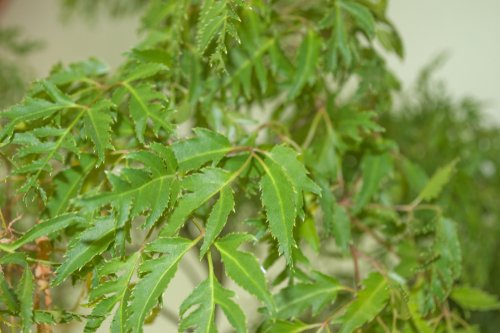
See also: Caladium bicolor: Know all about this houseplant
Ming Aralia: Facts
| Botanical name: Polyscias Fruticosa
Common name: Ming Aralia, Dinner Plate Aralia Family: Araliaceae Native: India, Polynesia Plant type: Shrub Sun: Full exposure to partial shade Soil: Well-draining Watering: Moderate Medicinal use: High Toxicity: To pets |
With its feathery foliage, deep green leaves and unique woody stalk, this one is a show stealer. Since they branch out horizontally, they are apt for Bonsai. A hardy shrub, Ming Aralia grows in abundance in urban thickets, lowlands, abandoned fields, roadsides and undisturbed areas near villages in its native zones.
see also: about Polyscias Scutellaria
Growing tips
An easy-to-grow evergreen plant, Ming Aralia is a great choice for beginners. It is also a great choice for indoors. You can grow it in a small container through cuttings. Dip the cuttings in water, followed by rooting hormones. Use well-draining soil to plant these cutting.
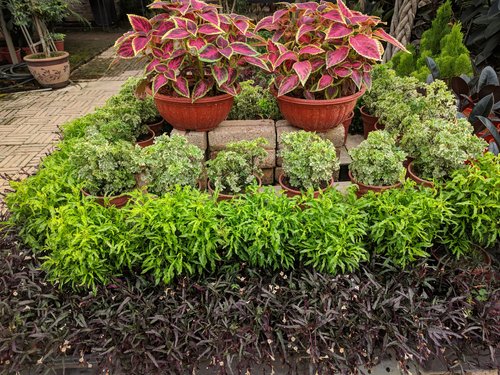
Care
- Fertilise the plant at least thrice a year, between March and October.
- Wipe off any dust, dirt or debris with a clean, damp cloth.
- Look out for infestation and signs of spider mites, scale or mealybugs.
- Overwatering is harmful to the plant and would result in root rot.
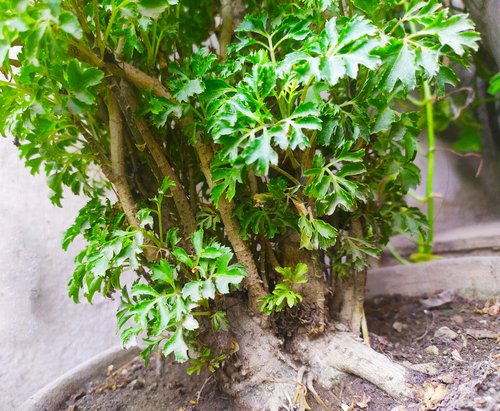
see also: all about Epiphyllum
Use and benefits
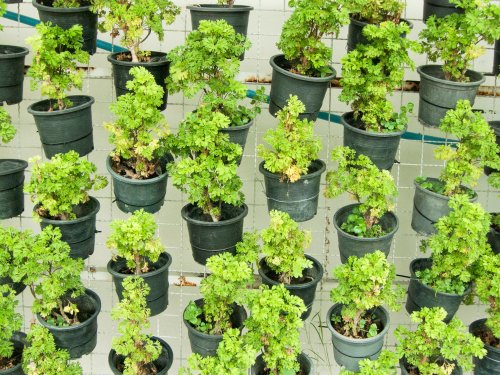
Read also: Epiphyllum oxypetalum: Benefits, medicinal uses, and plant care
In traditional medicine, various parts of the shrub, including leaves and roots, are used to treat ailments due to their anti-inflammatory, anti-toxin, anti-dysentery, anti-bacterial, diuretic and febrifuge properties. Due to its great herbal properties, the root of this plant is eaten raw or boiled with curries in Thailand. In Ghana, it is used as a traditional remedy for asthma.
FAQs
Is Polyscias an indoor plant?
Yes, Polyscias can be grown indoors.
Is the Polyscias plant poisonous?
No, on the contrary, the plant is widely used in traditional medicine for its various healing properties. However, the plant contains saponin glycosides, which may cause digestive problems and skin inflammation.
How often should you water a Polyscias?
In the summer, regular watering is needed. Make sure that the soil dries out between watering or the plant could face root rot.
Does Polyscias Fruticosa need sunlight?
The plant needs full sun exposure to partial shade for healthy growth.

An alumna of the Indian Institute of Mass Communication, Dhenkanal, Sunita Mishra brings over 16 years of expertise to the fields of legal matters, financial insights, and property market trends. Recognised for her ability to elucidate complex topics, her articles serve as a go-to resource for home buyers navigating intricate subjects. Through her extensive career, she has been associated with esteemed organisations like the Financial Express, Hindustan Times, Network18, All India Radio, and Business Standard.
In addition to her professional accomplishments, Sunita holds an MA degree in Sanskrit, with a specialisation in Indian Philosophy, from Delhi University. Outside of her work schedule, she likes to unwind by practising Yoga, and pursues her passion for travel.
[email protected]

